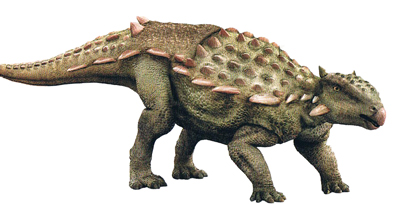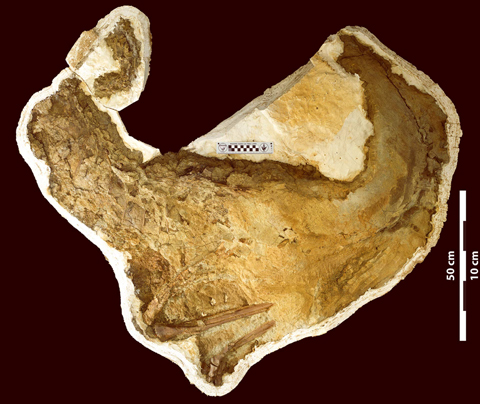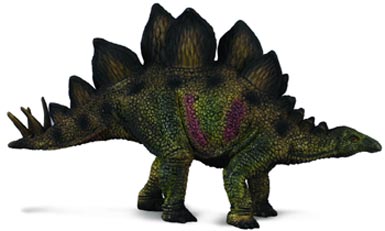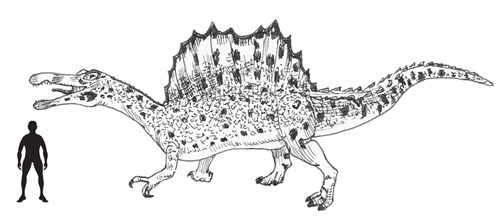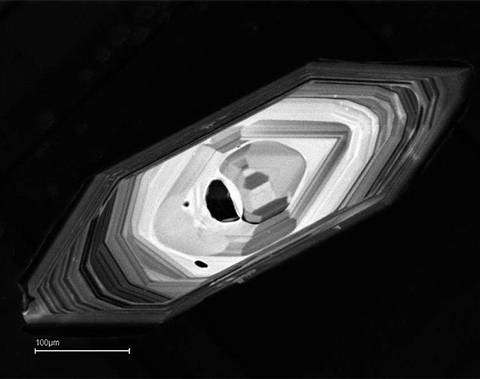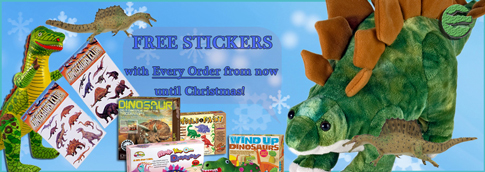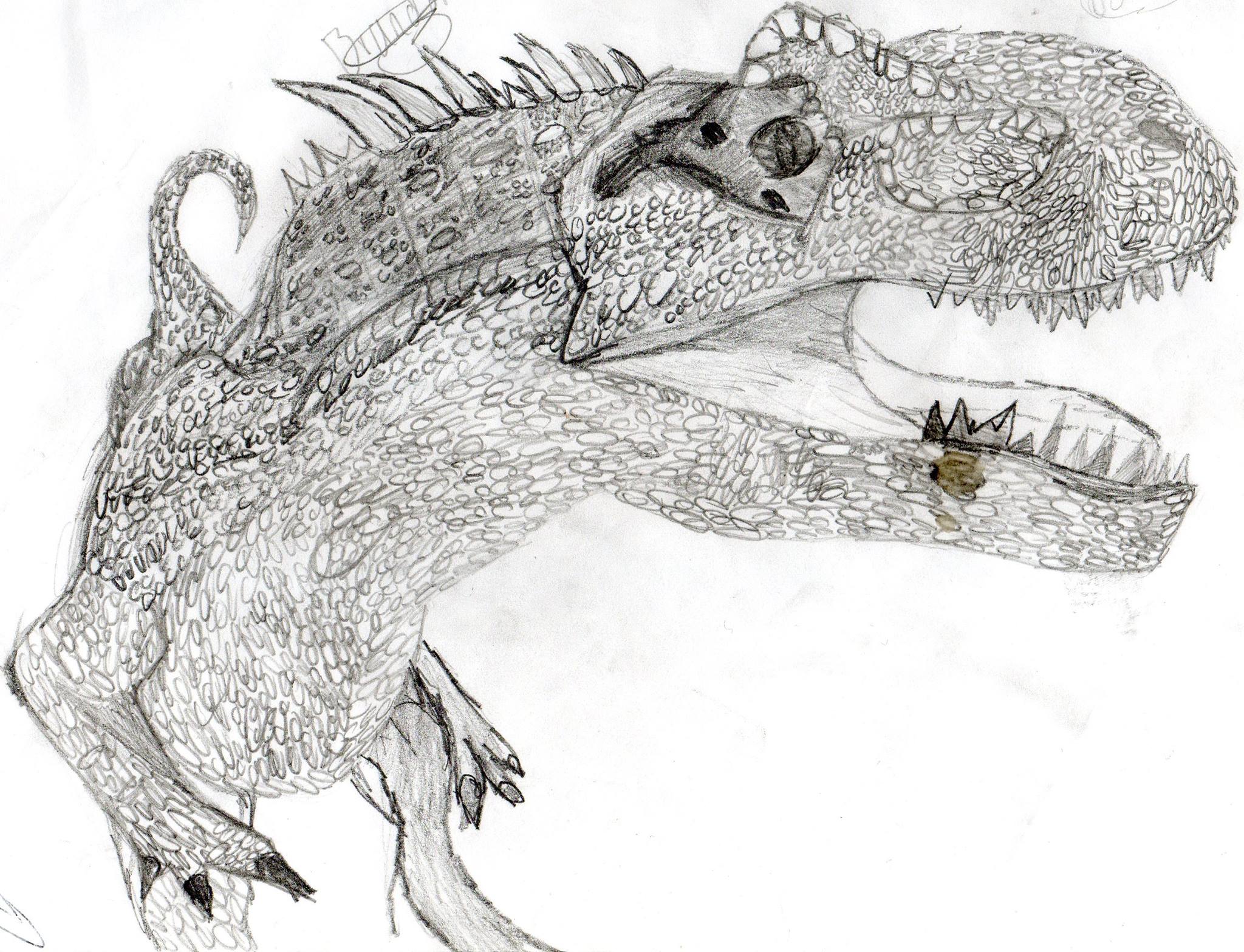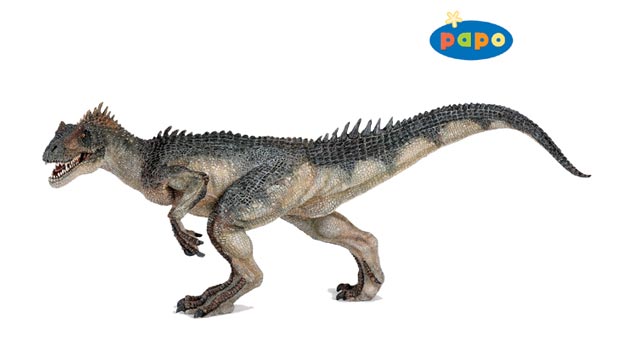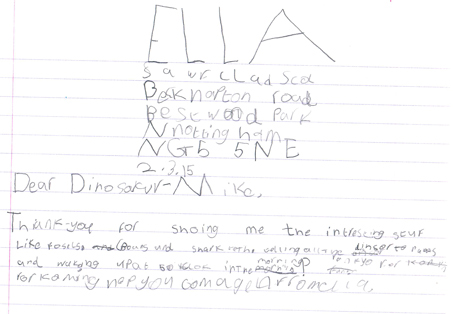Happy Halloween from Everything Dinosaur
Happy Halloween from Everything Dinosaur – Gargoyleosaurus
This time of year children go out “trick or treating”. This is an American custom that seems to have taken hold this side of the Atlantic. In palaeontology, the United Kingdom does not always follow where America leads. For example, the spelling of palaeontologist, the Americanised paleontologist is a “bone” of contention with Everything Dinosaur office staff, but we content ourselves with the thought that a number of dinosaur families were first identified from fossil remains discovered in the British Isles.
The United States may have iconic dinosaurs such as Tyrannosaurus rex and Brontosaurus, but the United Kingdom had named and described its first meat-eating dinosaur and what was eventually to become known as a sauropod many years before the likes of T. rex and Brontosaurus were discovered.
Gargoylesaurus
With Halloween, we turn our attention to Gargoyleosaurus (G. parkpinorum), whose fossilised remains come from Albany County, Wyoming (United States). It seems appropriate to discuss “Gargoyle lizard” at this time of year. This four-metre-long armoured dinosaur which once roamed the western United States some 150 million years ago, has been classified as member of the Ankylosauria clade. It is one of the earliest examples known of an ankylosaur.
The Late Jurassic Armoured Dinosaur Gargoyleosaurus parkpinorum
Polacanthid Dinosaurs
Specifically, cladistic analysis (Thompson et al 2012 and Chen et al 2013) have assigned the Gargoyleosaurus genus to the polacanthids. The first member of the Polacanthidae family was named and described back in 1865 (Polacanthus foxii) from fossils found on the Isle of Wight. Gargoyleosaurus was first named and described back in 1998, (Ken Carpenter, Clifford Miles and Karen Cloward), some 133 years after the first member of the polacanthid family was established.
When the subsequent paper describing a well-preserved skull and post cranial elements was first published (in the journal Nature), this dinosaur was named Gargoyleosaurus parkpini.
The holotype material had been found by J. Parker and Tyler Pinegar and the species name honoured them. However, the specific (trivial) name had to be changed as it broke the rules for binomial classification under ICZN (International Code of Zoological Nomenclature) guidelines. The singular Latin suffix “i” is not allowed to be used if it honours a number of people. As a result the trivial name of this dinosaur was changed in 2001 to G. parkpinorum.
PNSO Age of Dinosaurs
PNSO have a large range of armoured ornithischian models: PNSO Age of Dinosaurs.
Gargoyleosaurus (pronounced gar-goy-lee-oh-sore-us) and other members of the Polacanthidae are discussed in depth in a newly published book by the very talented William T. Blows entitled “British Polacanthid Dinosaurs”
British Polacanthid Dinosaurs by William T. Blows
Picture credit: Siri Scientific Press
Everything Dinosaur recommends this excellent dinosaur book.
To order a copy and for further details on “British Polacanthid Dinosaurs” visit: Siri Scientific Press.


